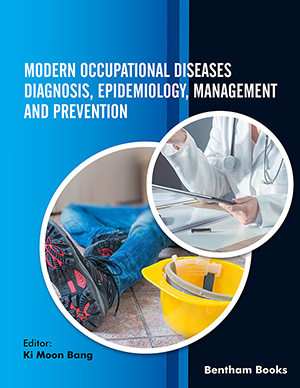Abstract
In most industrialized countries, work-related musculoskeletal disorders
(WMSDs) are a major occupational health problem resulting in productivity loss,
employee absenteeism, and high workers’ compensation and healthcare costs.
Understanding the etiology and control of WMSDs and associated risk factors is
imperative for reducing the burden of this problem. This chapter is organized by five
topics on WMSDs: (1) the problem and surveillance of WMSDs; (2) the etiology of
WMSDs and their risk factors; (3) risk assessment methods for job-related physical risk
factors; (4) risk intervention effectiveness; and (5) ergonomic guidelines and standards
for the prevention of WMSDs. The authors focus on the breadth of the scientific
knowledge and literature pertaining to WMSDs for occupational safety and health
professionals interested in learning about the field of ergonomics. This chapter also
provides anticipated future challenges in the areas of surveillance, risk interactions, risk
assessments, and intervention evaluations. The research agenda for WMSDs published
by the National Occupational Research Agenda (NORA) Musculoskeletal Health
Cross-Sector (MUS) Council in 2018 is recommended as supplementary reading for the
future direction of WMSD research.
Keywords: Work-related musculoskeletal disorders, Ergonomics, Occupational safety and health, Surveillance, Biomechanics, Vibration, Pathomechanics, Psychosocial factors, Job risk assessment.






















